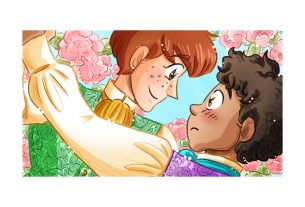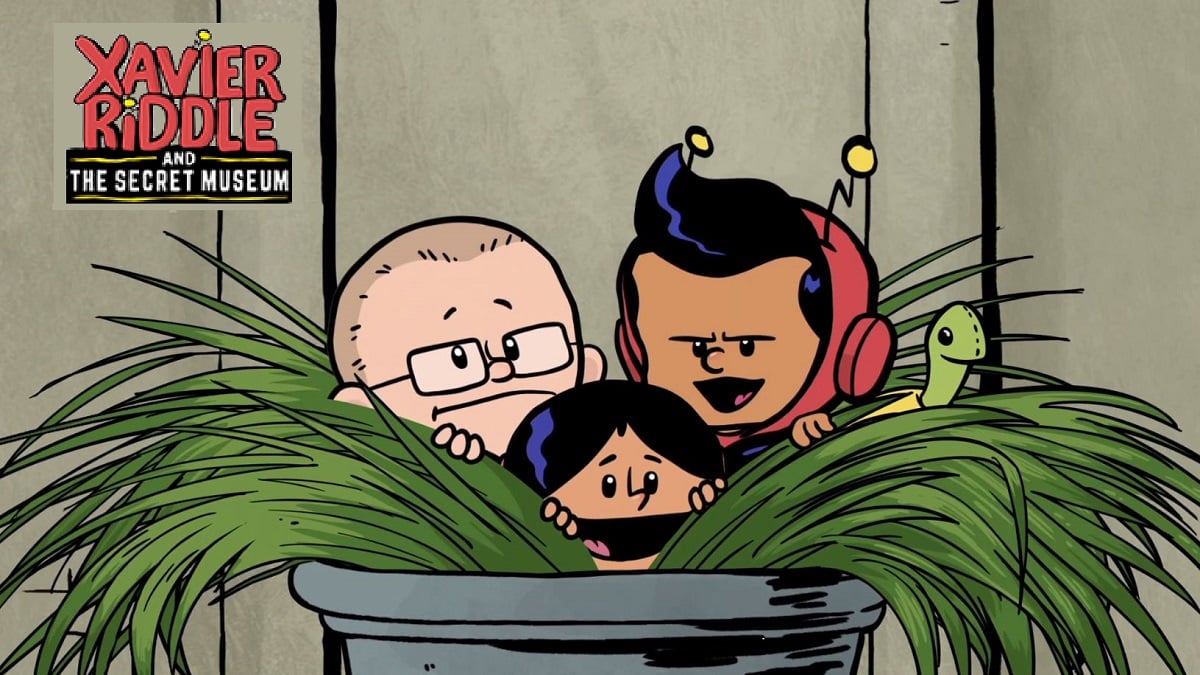
One thing I didn’t discuss last time in my introductory Epistolary Adventures post is the idea of e-mail epistolaries. Over time, as letter writing has shifted to other forms of communication, namely e-mail, texting, and social media, epistolaries have also changed.
Epistolary Tradition: Only for the Elite
The original epistolary novels presented a collection of letters, in a time when letter writing was in fashion and was necessarily restricted to a certain class of characters who were both literate and had the time and opportunity to pen thoughts to paper. The common laborer, the uneducated, did not get represented in epistolaries because it wasn’t realistic for that to happen. No, there was a certain level of education and leisure that the characters had to have reached to be represented in an epistolary. That’s not to say that other characters were not represented in literature (Upton Sinclair’s The Jungle comes immediately to mind), just not in epistolary novels.
E-mail: The Great Democratizer
And then came e-mail, and iPhones, and texting, and now everyone writes. While in real life this has translated to information overload, in terms of epistolary literature, this change has revitalized the epistolary novel by opening up the form to more than just a certain class of people with the education and free time to pen letters.
E-mail: Affecting Notions of Absence and Presence
Last time, I went over the various periods of time in an epistolary (letter event time, letter writing time, letter transport time, and letter reading time). One element I didn’t cover was the notion of absence and presence.
By its very design, epistolaries invoke particular notions of absence and presence, where the implied recipient of the letters, whether appearing in the novel or not, gains a presence such that the character can be imagined reading the letters. This character, absent from the scene of writing, nonetheless has his/her presence evoked by the writer. Similarly, events referenced in letters, while not present at the time of the writing, are brought forth so that letters are enlivened. With both time and place, the absent becomes present in epistolaries.
Now, consider e-mail and texting, and its effect on the notions of absence and presence. Meg Cabot has written a few delightful e-mail epistolaries, and one, in particular, comes to mind in this context. In Every Boy’s Got One, Jane and Holly text each other while in the same room (more precisely while seated on an airplane waiting for it to take off or inside a car), so they can discuss other people present. It’s the equivalent of passing notes or whispering. Here, both parties are present, but try to evoke the absence of the people about whom they are talking.
Also, with the real-time interactivity of texting and e-mail, events at a distance can also affect what’s happening close by. e by Matt Beaumont demonstrates this to great effect. The entire novel is composed of e-mails sent around an international business office, with the events being reported from one person to another. But then, something happens to a few employees who travel for work to Mauritius, and it immediately has repercussions for the staff back in England. Because of the immediacy of e-mail. Indeed, electronic communication subverts the traditional notions of absence and presence of epistolaries, which I think is marvelous.
Digital Footprints: Updating the Archives
Now we come to the fun stuff. (Okay, I’ll be honest. I find this all fun, and you may well be rolling your eyes at the whole idea of any of this being fun. I accept that.) Previously, I discussed the archives of an epistolary as being the physical letter or collection of letters being left behind. In traditional epistolaries, the physical letter can be tucked into a pocket and revisited lovingly, it can be hidden for safety only to be revealed at a later time, burned or otherwise destroyed. There is one letter, and its existence can be troublesome to the writer, recipient, or whoever is discussed in the letter.
When we move to electronic communication, the archives are different. Meg Cabot’s Boy Meets Girl updates the concept of the letter-gone-awry by choosing an e-mail configuration that limits the number of copies of any message to two (as opposed to other mail servers that are backed up and on the cloud). It is a sort of stepping stone as far as updating epistolaries go, but a good way to step into the modern epistolary age.
But if you want a haunting look at the digital footprint left behind by a teenage girl, check out Reconstructing Amelia by Kimberly McCreight, where a mom shows up at her daughter’s school to find the daughter has plummeted off the roof of the school. By digging through her daughter’s digital fingerprints (e-mails, social media posts, etc.) she is able to reconstruct the events that led up to her death.
Non-tech Epistolaries
And then there are present-day epistolaries that forego technology altogether. Two examples are Ketchup Clouds by Annabel Pitcher and Punkzilla by Adam Rapp.
Being set in the modern age, where everyone and their grandchild has access to e-mail, it becomes imperative to answer the obvious question of why written letters are being used. And each of these stories does address that question, to the point that it becomes an integral element that defines the premise of the story. After all, if in modern times, a character rode around town in a horse and buggy, there would most assuredly be some interesting backstory that would explain the quirkiness of the character that led to that choice. Indeed, writing paper letters (or choosing to write an epistolary novel set in present time using paper letters) says something, and it makes sense to exploit that something for the sake of the story. Indeed, why ignore the elephant in the room when you can dress it up in a tutu and put it on stage?
E-mail Epistolaries for the Win
Never thought you’d think this much about epistolaries or e-mail or e-mail epistolaries, did you? I love them. These are definitely not the only epistolaries out there, but I’m trying to show some restraint here. But if you think about how people communicate, and how the changing forms of communication seep their way into literature, surely it’s clear that the literature itself must change to encompass the changes of people. Not every story can be told as an epistolary, but now, with more and more people writing (even if they don’t recognize texting and e-mailing as forms of writing), more stories can be told as epistolaries. Which means the form is more relevant now than ever.




Yeah yeah, I’m behind on my blog reading. I want to join your Epistolary Fan Club! Reading this reminds me of one of my favorite epistolary YA writers, Jaclyn Moriarty. She has a series of contemporary (? They’re mostly at least ten years old, but judging “recent” is hard as a grownup) epistolaries, the Asbury High books, that deals with the modern-day twists in two ways– by including a lot of school assignments involving letter writing (at least one of them involves a mandatory pen-pal assignment, I forget how many that assignment shows up in), and also including other things like text messages, post-it notes, and occasional journal entries. A newer (and my favorite) series of hers, Colours of Madeleine, is less epistolary but manages to incorporate a great deal of letter writing anyway, this time with pen pals through an interdimensional crack. Gosh I love Jaclyn Moriarty, her books are weird and wonderful. Anyway, I’m at work and should get back to it, but making book recommendations is technically my job, so!